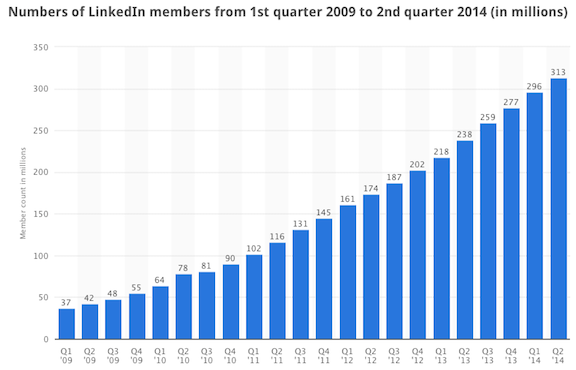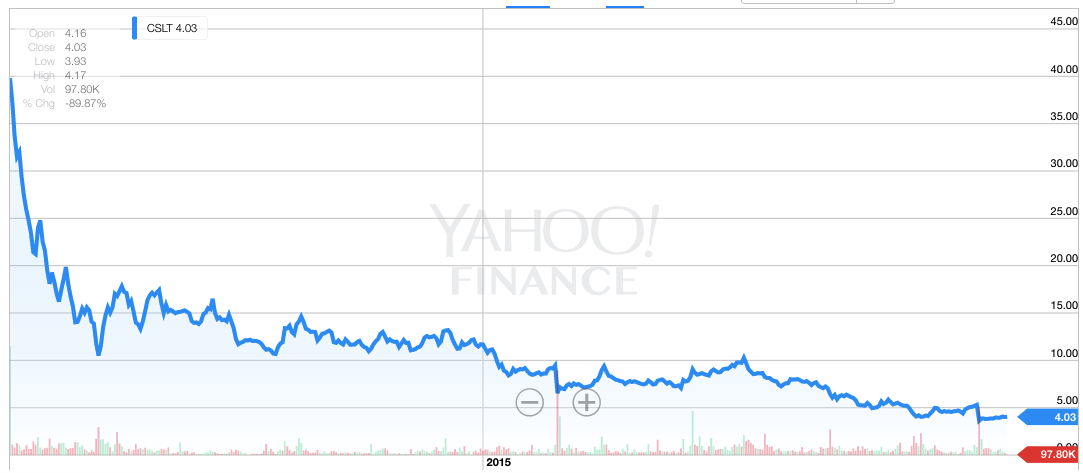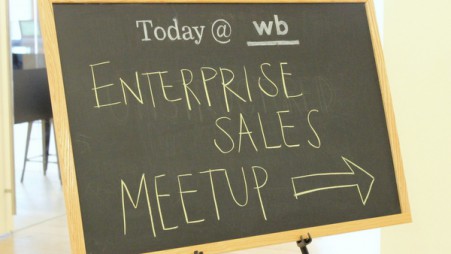Bottom-Up Enterprise Software Is Now Mainstream
Back in 2012 I wrote about the 'bottom-up' approach to enterprise software distribution. Bottom-up happens when a product is initially procured by an individual employee or group of employees and then, once a critical mass is reached, a seller upsells the product across the organization with additional features, bulk pricing, etc. This has now become a mainstream approach to enterprise software distribution. I recently attended a Go-to market conference held by a prominent venture capital firm and they advised everyone that the first question an enterprise startup should ask before designing a go-to market strategy is: are you bottom-up or top-down?
With successes like Atlassian and Slack and others the bottom-up model has come a long, long way in recent years.
However, bottom-up doesn't work for every industry -- at least right now. Take healthcare as an example. To sell a product into a large healthcare organization you must get IT approval, work with compliance, promote workflow changes, train staff, potentially integrate into an EHR, address HIPPA concerns and do lots of other stuff before the first user can log-in. The top-down model can be a requirement.
That said, I believe we’ll start to see this change. The bottom-up model will only become more mainstream and will take market share from vendors that don’t adapt. Traditional enterprise vendors should take note and start to evolve.
Some specific implications:
Software vendors need to prioritize the user of their product over the buyer of their product (they're quickly becoming the same person). Engagement and user satisfaction metrics should be equally important as sales metrics. Employees are increasingly demanding that the software they use at work function at an equivalent level to the apps they use on their phone. And switching from vendor to vendor continues to get easier. If a product isn't adored by its users its ripe for disruption.
This change also means that product must play a much larger role in distribution. The product must be remarkable so people will talk to their colleagues about it and it must be easy to spread the word about and nearly effortless to access. If you look at the fastest growing enterprise startups (see below) the one thing you’ll find is that nearly all of them make it extremely easy for a new user to sign up.
Finally, this trend will bring big changes to sales and marketing teams. Marketing (messaging from one to many) will play a larger role in the selling process as it'll be responsible for acquiring the product's early users. This changes messaging and use of channels in a big way. When any employee within a company is a potential buyer your marketing starts to look a lot more like Apple's than Oracle's. And salespeople will need to increase their selling competence to represent both the user (human factor data insights, workflow changes, usability) as well as the enterprise buyer (product context, integration, ROI).
The line between enterprise software and consumer software is continuing to blur. And while there are industries where top-down will continue to thrive, the processes and systems and beliefs that have enabled this approach are beginning to crumble.
In the end, the real threat that bottom-up startups present to top-down vendors isn't just that they may have a more effective way of getting a product into market, it's that their approach requires them to build something that's very unique in enterprise software: a product that people love.




 I've added some productivity hacks over the last several months. Here are 5 that have been working well for me lately:
I've added some productivity hacks over the last several months. Here are 5 that have been working well for me lately:
 Because of the emergence of crowdfunding, angel syndicates, private exchanges, and a lower regulatory bar to invest in early-stage startups, it’s likely that we’ll start to see much more consistency between private valuations and subsequent public valuations. Also, don’t underestimate tools like eShares that help founders manage complex cap tables. I can vividly remember being at a startup where we didn’t want to give out stock options to consultants for no other reason than it would’ve added too much complexity to our cap table. It's a lot easier for a private company to manage thousands of investors than it used to be.
Because of the emergence of crowdfunding, angel syndicates, private exchanges, and a lower regulatory bar to invest in early-stage startups, it’s likely that we’ll start to see much more consistency between private valuations and subsequent public valuations. Also, don’t underestimate tools like eShares that help founders manage complex cap tables. I can vividly remember being at a startup where we didn’t want to give out stock options to consultants for no other reason than it would’ve added too much complexity to our cap table. It's a lot easier for a private company to manage thousands of investors than it used to be.






